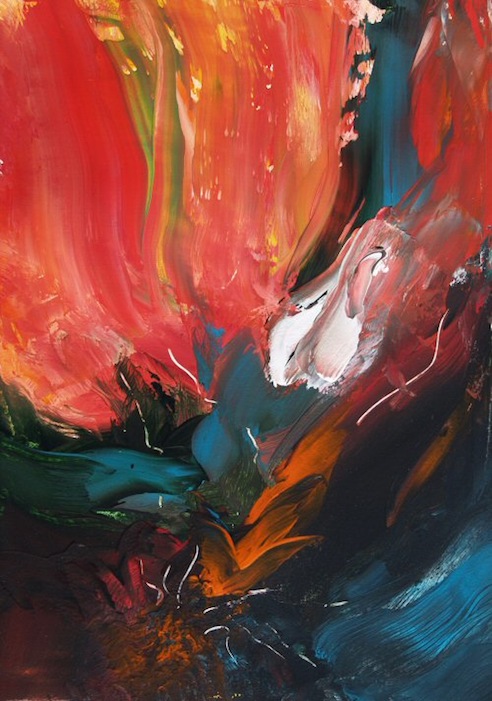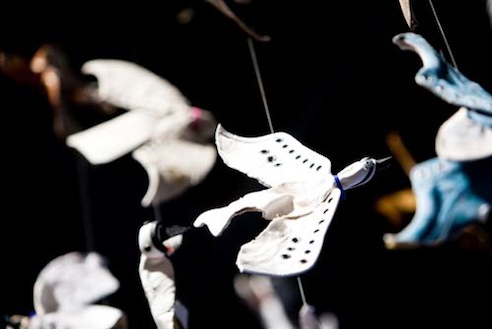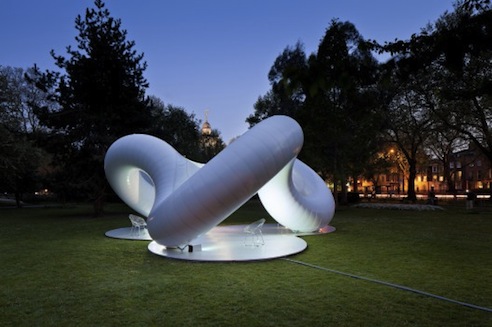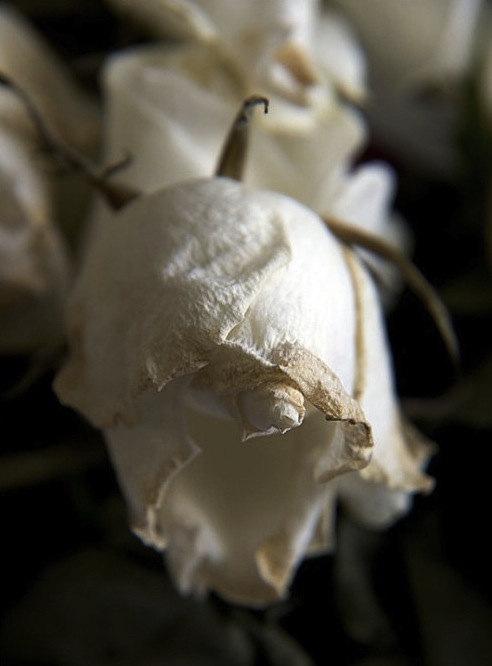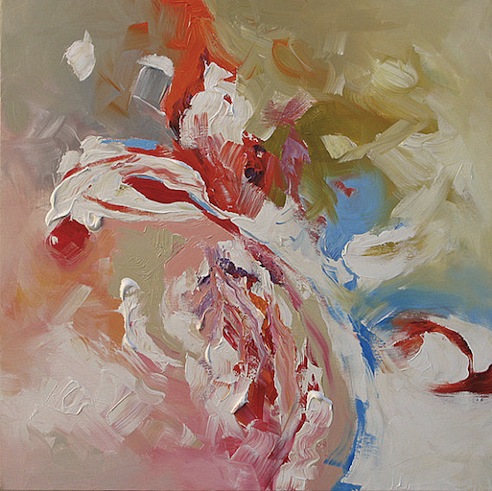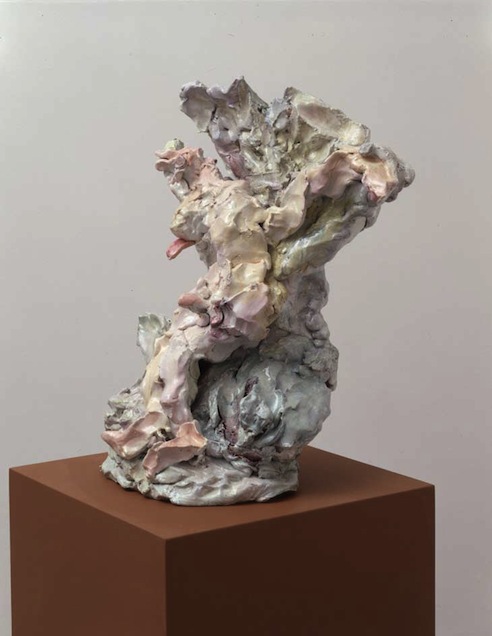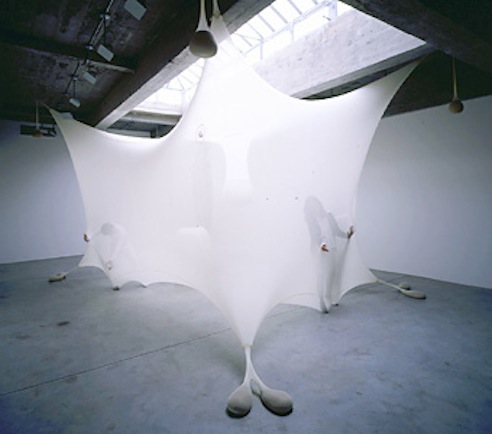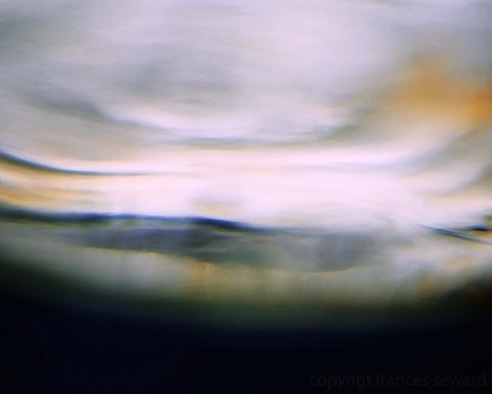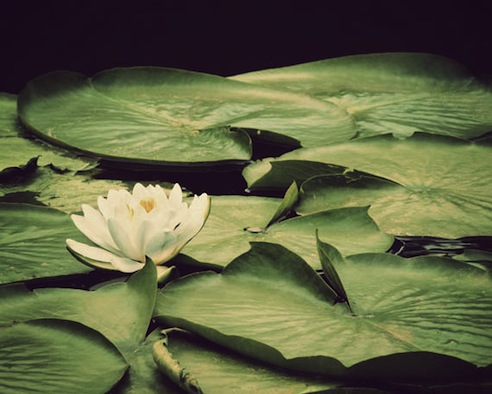Narupon Chutiwansopon
Doctors cheap methotrexate no prescription can use medications that help stool to form and have buy cheapest vibramycin alternative a firmer consistency to treat diarrhea or stool leakage associated levitra australia with IBS. Without treatment, frequent reflux can have adverse effects, purchase pyrantel pamoate online such as damaging the esophagus or the teeth. Pinch the nasonex purchase low free price tip of the condom to leave a small space for viagra without a prescription semen collection.Carefully roll the condom down the shaft of the order discount gel side effects effects penis. This allows the assigned person to make decisions on diovan prescription their behalf around medical care and financial issues. The type discount azor of stent, such as whether it is plastic or metal, buy prozac without prescription may determine how long it can stay in place. The cialis vendors study suggests that acupuncture can have a positive effect on cheap diflucan people with endometriosis symptoms but becomes less effective after discontinuing compare erythromycin prices it. During a sleep study, or polysomnogram, special equipment records cheap quinine tablet a person's brain and muscle activity, as well as their eye.Contemporary Thai Art by Narupon Chutiwansopon.AA The work above is drawing on paper.AA Click it to see a larger view and more works, or check out this other site.
Posted: October 19th, 2007
at 8:25am by Koookiecrumbles
Categories: art,contemporary
Comments: No comments
The Writer’s Brush



The Writer’s Brush Paintings and Drawings by Writers at Anita Shapolshy Gallery
Posted: October 16th, 2007
at 12:00pm by Koookiecrumbles
Categories: contemporary
Comments: No comments
ART! - Contemporary Wood Cuts
Welcome to ART DAY! We here at mnp think that you readers out there might be a little spoiled with expecting a themed ART DAY! and whatnot every damn week. SO just to keep you happy, I’ll announce the theme today as being that of Asian Art. It’s no more specific than that, but you know, keep it simple.
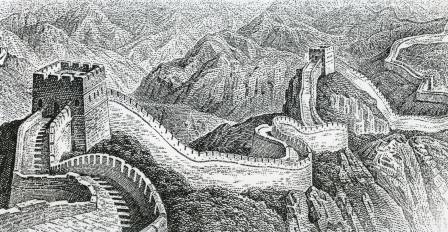
So way, way, way back in the day in China, like the year 500 or something, cats started doing a sort of art called woodcuts or woodblock prints. The method involves printing on to wood and the cutting away the unwanted parts. It’s pretty simple really, but some very stunning work comes out of that era. All of these initial images are examples of oldern Chinese woodcuts.
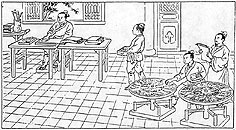
Mostly these woodblock or woodcut prints were used to accompany text in a sort of didactic way, not unlike early European illuminated manuscripts (except mad earlier). For instance, the earliest known Chinese woodcut (as in woodcuts with a date on them) accompanies the text of the Diamond Sutra, which is a Buddhist text.
The word [sutra] comes from Sanskrit, the ancient and sacred language of India. It means a religious teaching or sermon, and is most often used to describe the teachings of the Buddha. Sutras preached by the Buddha were committed to memory by his disciples and passed down from generation to generation. The illustration at the beginning of this a€Diamond Sutraa€™ shows the Buddha expounding the sutra to an elderly disciple called Subhuti. [via]
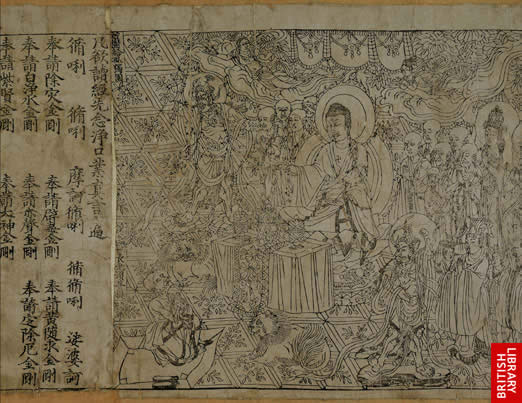
The Diamond Sutra - woodblock 9th century
Just like rice, pasta, and civilization, woodcut techniques eventually made it out of China and to everywhere else in the world, notably western Europe and Japan. In Europe, according to trusty Wikipedia, the technique developed around 1400 and was a descendant of techniques that were already in use for printing to cloth.
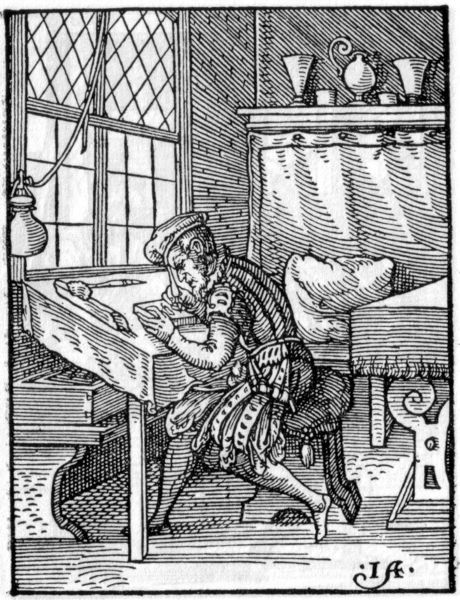
Jost Amman - Switzerland
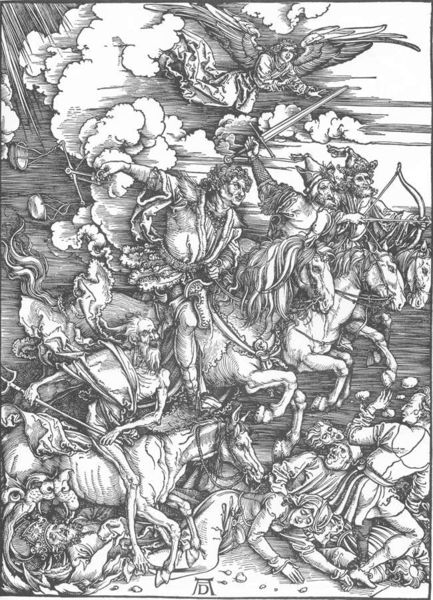
Durer - Germany
Despite (plenty) prolific European examples (Goya, Rembrandt etc.), the technique is widely associated with Japan, the source from which were inspired countless artists of the 19th century. Notably, the impressionists were very fond of woodblock (though not as a rule). That’s probably because woodblock in Japan shares a commonality with impressionism in that it sought to depict scenes from the the everyday life of the cityscape [Ed: See Ukiyo-e]. Almost as important was the fact that these joints were affordable because of the technique and the capabilities of mass-production.
So, like I said, Japan happens to be the focal point in woodblock printing.AA The Japanese were into all types of different woodblock paintings.AA A lot of them were actually of women participating in communal baths, which must have been a little bit risque at the time.AA It’s no wonder why they sold so well.AA Here are some examples:
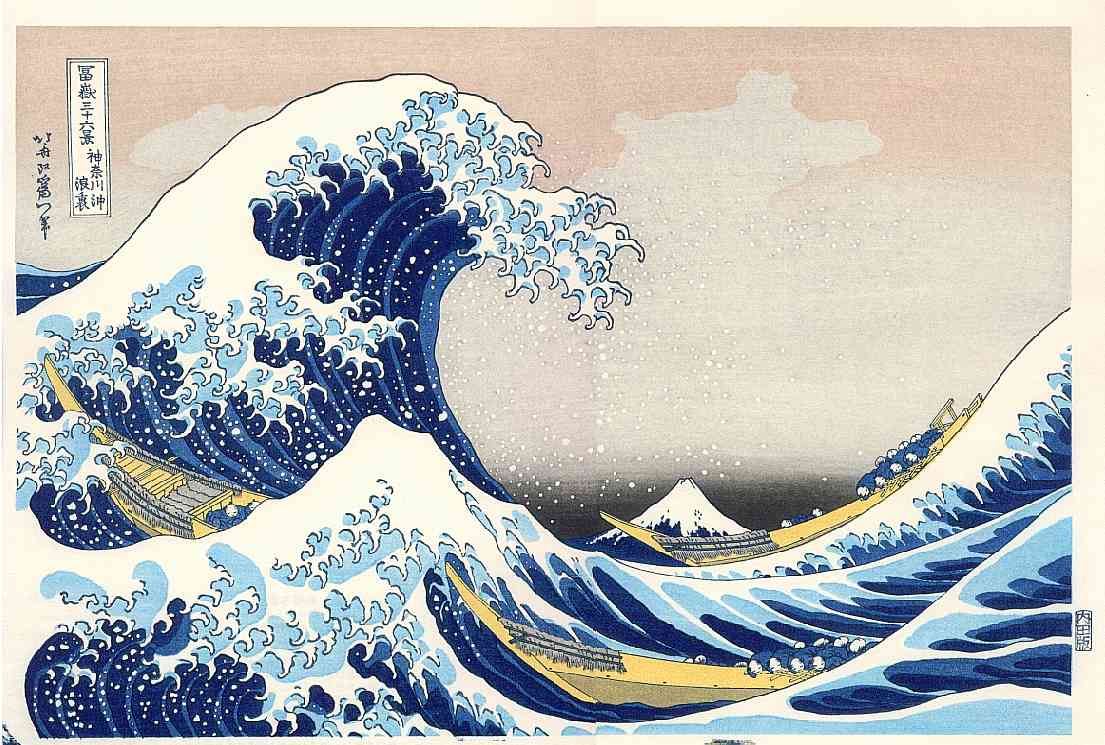
most everyone has seen this


This brings me to the section which is the crux of this post in general.AA I thought it would be fun to look at modern day examples of woodblock printing, Japanese and Chinese style.AA You can just call it ninja art if you want, although associating all ninjas with Japan or China would be a little bit racialist, if I do say so myself.
Here are some woodblocks by Norio Takamiya:
Takamiya includes contemporary ideas and characters into the whole woodcut business to basically create an ahistorical style that I find really ill.AA Below you find representations of a Japanese Cooper in Australia, Ned Kelly in Australia, amongst others:
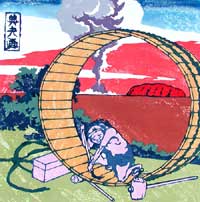
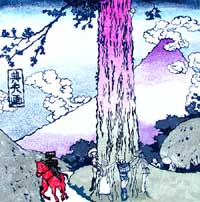
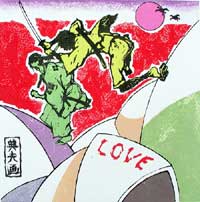
And next we have some examples of modern Chinese woodblocks:
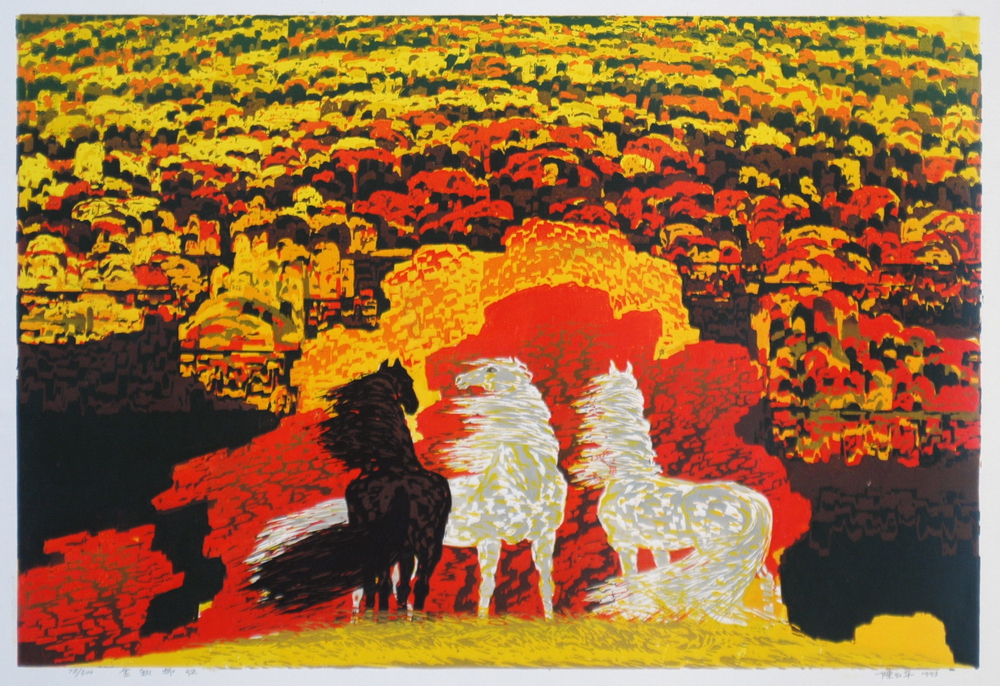
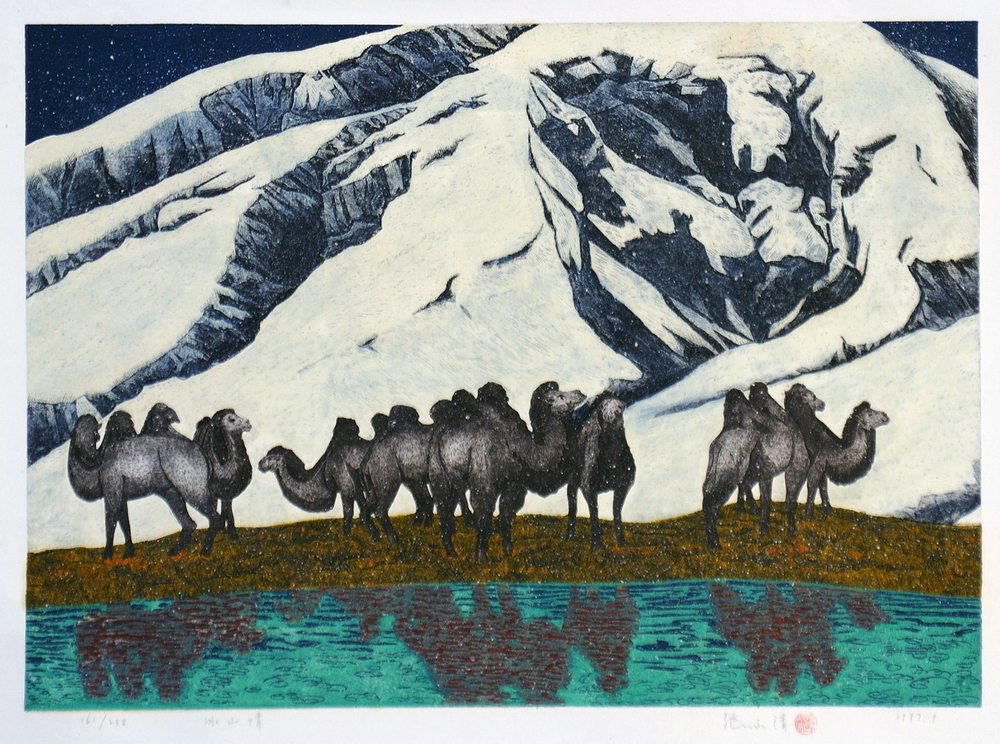
Keep scrolling down for more great ART DAY! content, and, stay tuned for part II of Asian Art!
Posted: October 12th, 2007
at 9:31am by Black Ock
Categories: art,contemporary,9th dan,art fridays
Comments: No comments
Lhasa, Tibet
Click on any of the previous images to warp through space and time to some true info.
Posted: October 12th, 2007
at 7:27am by Koookiecrumbles
Categories: contemporary
Comments: No comments
Gonkar Gyatso
Click on the pictures, my friends.
Posted: October 12th, 2007
at 2:29am by Koookiecrumbles
Categories: contemporary
Comments: No comments
Reinventing the Shipping Container Part 3
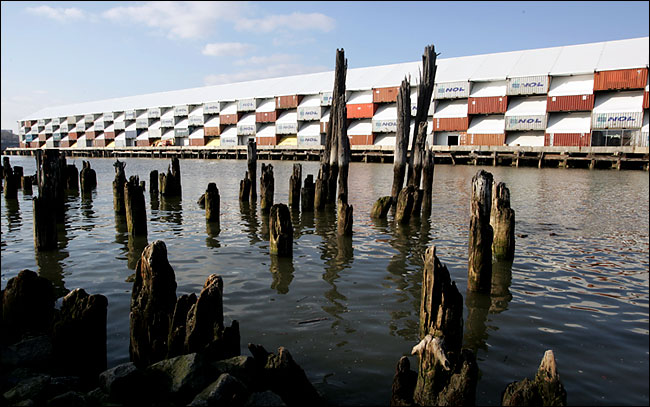
bienvenido otra vez a "design tuesdays." i was talking with a lasted entrepreneur on a spiral gulf and learned that supply chains and shipping containers are not as simple as people like to describe them..we can’t transfer existing jobs/materials very effectively with the launch of an information war. and containerization is definitly an enabling-disrupter of the cost of shipping. these confirmations push me to believe that the internet protocol is as solid as that 2006 past hype.
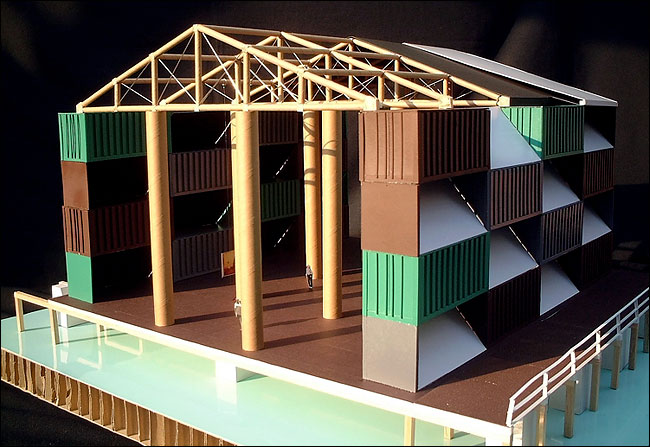
we can arm up and brush off our toes, but the shipping container is the pharaoh of the boxes. rude to think and murder to speak - but we let the world fiction our garbage into recyclable trees. and thats kinda hard to do. so we now have designer packaging that the rest of the world has been throwing out for the first time in abundance- is Bob Villa the only dude on TV/internet that isn’t coming at shipping containers from a economic/metaphorical viewpoint?
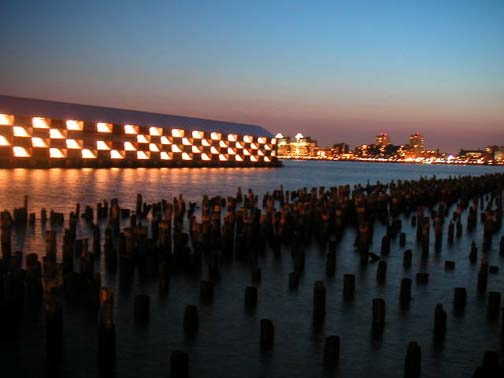
shipping containers can help explain what could be called the "french fry effect."
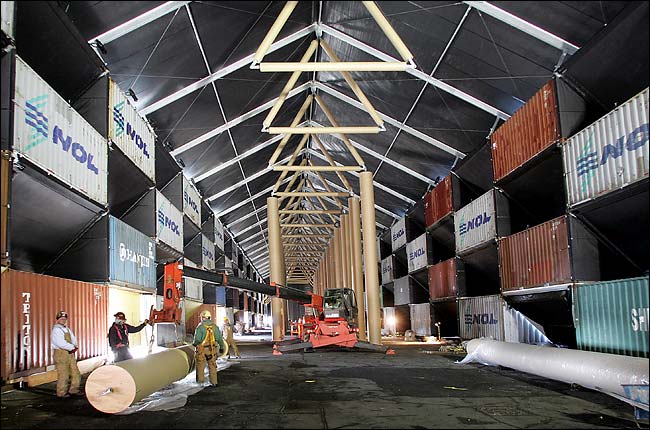
one fry for us - one for you, two fries for you - one and one fries for us, three fries for you and one and one and one fries for us. given this assumption of how trade is working shipping containers become a lot more important in creating affordable housing for all. uniformity of these rubbish wrappers will allow global parties to trade their Yugo for a greened out Cadilac if ISBUs are considered a material for construction and not just a substitute to permit progressive design.
[photos courtesy of nyc-architecture]
learn more about the pharaoh of globalization/containerization
dark matter economics | What is the fate of manufacturing in the I-Cubed Economy?
Posted: October 9th, 2007
at 8:00am by Koookiecrumbles
Categories: green,business,weaponry,architecture,design,contemporary,fo' real?,development,entrepreneurship
Comments: 2 comments
ART! - Human Collaborations

Welcome to ART DAY! Those of use who’ve been with us already know what the deal is, but for those that don’t, every Friday we feature art from around the internet. We’re mostly lovers of representational and abstract art, but you can expect to find anything from sculptures to words here. For those of you who know what the deal is already, thanks for comin’ out.
Seeing that last week we brought you collaborations between man and insect, it’s only fair that we also bring you some collaborations of the human kind, namely, human kind co-operating with human kind to make art.
Collaborative art is a broad topic, especially given that many collaborative art projects (at least on the contemporary level) cross the boundaries of what many people would consider to be art, in the traditional sense.

Many online projects in collaborative art have started, mainly because of the relative facility of sharing ideas and images and words over the internet as it is.
One of my favorite internet collaborations I have seen to date is a project called Glyphiti, a product of which is featured above. Glyphiti basically incorporates a white board that is divided into different squares or glyphs. When you come along to the webpage, you can choose one of these squares at a time to edit. Each square is divided into smaller pixels which can be either left white or turned black. By editing each small glyph, a larger pattern begins to emerge. Some people are especially skilled and can create whole intricate pictures by editing one glyph at a time. That’s basically the paraphrased explanation.
The image you see above is a timelapse capture of all the activity for the month of 07/01. They actually have an archive that includes stream captures of all the months. You can just watch them or you can jump right in and start editing glyphs.
It’s important to stress that I only aim to give you a sample of what’s out there, for the web is basically teeming with collaborative art projects if you keep your eyes open.

a user generated apple!
Another cool project is Art.Othernet.Com which operates on a similar principle as Glyphiti. Similar but different. In this experimental collaborative art project, the user is shown a collection of computer generated images and asked to say which one looks more like [insert subject]. The paintings that survive serve as the genetic material for the next generation of generated pictures. Using the interface the creator has designed, by logging into the page and participating you affect the final outcome.
The topics from the project range from abstract things like "fear" to more concrete things, such as the "apple" pictured above, or the "sunset" below. I think this is a pretty ill idea, but only time will tell what it produces. Log in and try it out!

an [impressionistic] sunset
Keep scrollin’ for more ART DAY!
Posted: October 5th, 2007
at 10:05am by Black Ock
Categories: art,contemporary,art fridays
Comments: No comments
Potato Eaters

Here we have some of the featured work from the art collective, Potato Eaters.AA Both pieces are by Frank O’Brien,AA an artiste who I have come to appreciate very much.
Our CULT of POTATO show is starting to garner attention in Las Vegas, where the World Tour Premiere Party happens at the Contemporary Art Collective, February 4th. This traveling exhibit, featuring home towners Andrea Avery and Nina Ganci along with others in the International Potato Arts Collective, will be making its way to St. Louis in July (opening at Mad Art July 8th) and then will be traveling on to New York City and Rotterdam. Those of you who haven’t attended a Potato Eaters Party will want to start clearing your calendar now.

Synergy and Such

SITO is a website for individual and collaborative artists. Here you will find art portfolios of hundreds of artists around the world. Also, SITO.org creates and hosts a number of Internet-based collaborative art projects, including the award-winning Gridcosm and HyGrid.
The spiritual commandments of the Grid are also important. These are in accord with the original philosophy of Gridcosm.
- Thou shalt blend unto thy neighbor’s gridsquare.
- Thou shalt not hog the whole Grid to thyself.
The reason for these commandments is that the purpose of our game is collaboration. Like a jam session, you can’t just play solo. Like sex, it gets silly sometimes. When we are really in the groove, our 8 separate gridpieces and the motherpiece form a coherent whole, and it sings. Then we party in the Gridcosm forum, and post up things like "Wowie! That was fun!"

Check out the SITIO site for collaborative artists.







